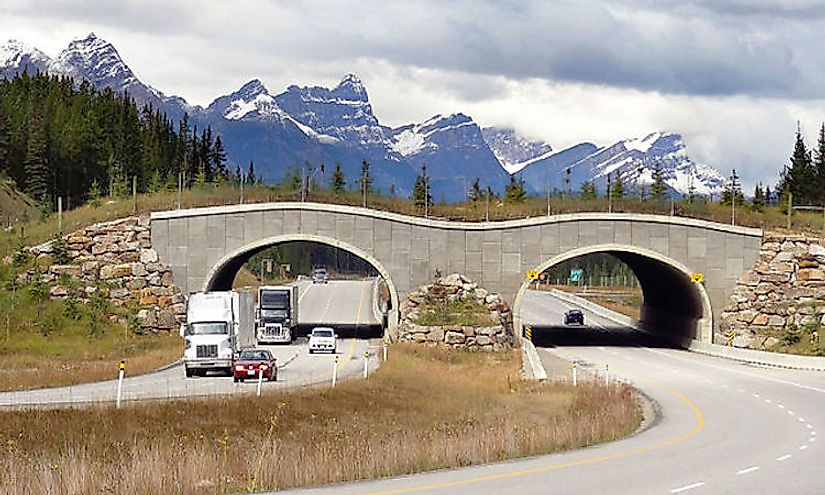What is a Wildlife Crossing and Why Is It Important?

Wildlife Crossings are built to prevent habitat fragmentation, which can severely diminish animal populations in certain regions. In an era where the sustainability of animal species is threatened by activities such as urban development, innovative methods are needed to better conserve the world’s fauna.
What Exactly Is A Wildlife Crossing?
The wildlife crossing is a general term used to describe overpasses, underpasses, green bridges, ecoducts, green roofs, Culverts, wildlife viaducts, amphibian or small mammal tunnels among others. These structures facilitate the safe movement of animals across human-made barriers like highways. Each wildlife crossing is tailored to suit species in various landscapes. The structures provide physical connection or re-connection between habitats. The crossings also prevent vehicle-wildlife collisions.
Why Are Wildlife Crossings Needed?
Construction of different types of infrastructure is being undertaken across the world, activities which are altering the natural environment. Highways affect animals in a number of ways ranging from direct mortality, habitat loss, reduction in habitat quality, and subdividing animal species. Species having a low reproductive rate and a low population density are more threatened by vehicle-induced mortality. In the US, for example, an estimated 365 million vertebrates are killed on roads every year. Amphibians such as frogs, reptiles, mammals such as deer, and turtles are all threatened by highways. When wild habitats are not connected, they become isolated regions and species are left vulnerable to declining genetic diversity and may be wiped out eventually.
Wildlife crossings have become invaluable in restoring ecological connectivity. The structures represent technological strides in designing public infrastructure for people as well as nature. The crossings have affirmed the notion that wildlife sustainability can be facilitated in urban contexts. Wildlife crossings improve road safety for both animals and drivers. Vehicle-animal accidents translate to costs such as insurance which could otherwise be avoided. Through monitoring animal activity on the crossings, scientists have been able to gather ecological information. The crossings are fitted with video and still cameras to enable monitoring.
Notable Wildlife Crossings
The Baff National Park in Canada is identified as having one of the most effective wildlife crossings programs in the world. The structures were necessitated by the expansion of the Trans-Canada Highways from two lanes to four. Transportation planners and scientists sought to reduce wildlife-vehicle collisions while also minimizing the impact the highways would have on surrounding wildlife. 24 crossings exist in the park which is home to animals ranging from bears, deer, elks, and mountain lions. Research has been undertaken from data collected in the crossings since 1996, and it has reflected mixed value depending on the particular species. Large ungulates, for example, have recorded a dramatic reduction in road killings while the crossings have had little effect on reducing carnivore mortality. The Netherlands prides in more than 66 of the structures, including the world’s largest namely the Natuurbrug Zanderij Crailoo. The crossing stretches for more than 2,625 feet in length and 164 feet in width. The wildlife crossings in the country have been established to conserve populations of the European badger, red deer, wild boar, and roe deer.











